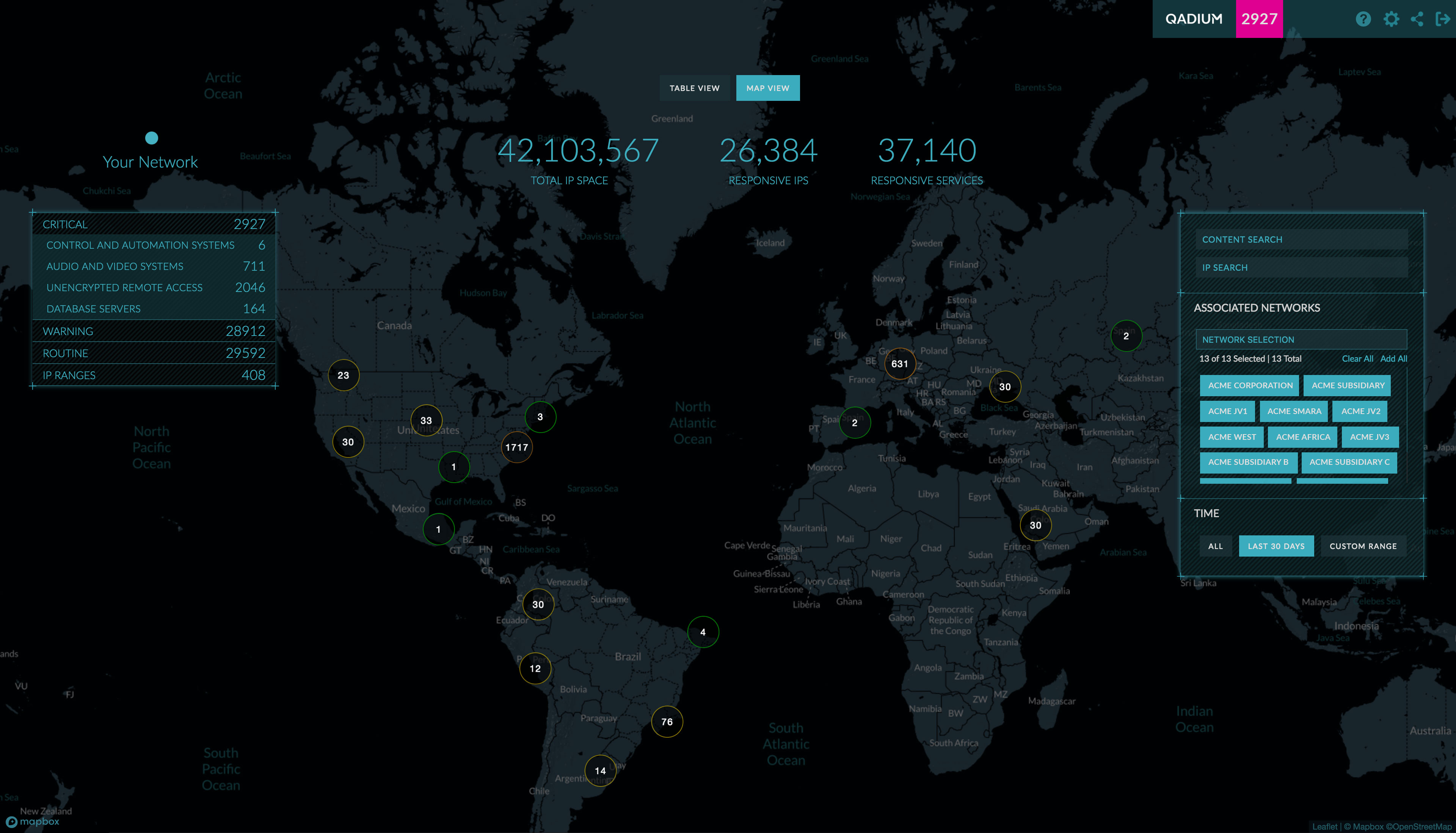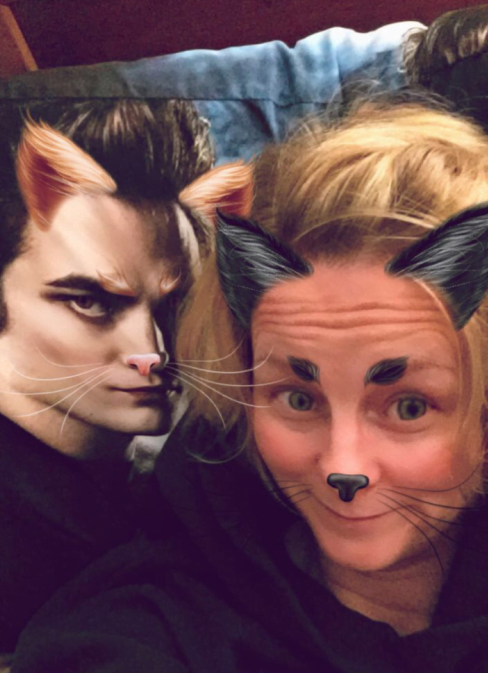
Google is finally making the OTA files for Android 8.0 Oreo available for compatible Nexus and all Pixel devices. The company launched Android 8.0 Oreo last week, and at the time, factory images only meant for developers were made available apart from OTA updates for those in the Android beta program. Now, it has listing the Nexus and Pixel factory images on their respective pages, and made the OTA update files also available for side-loading.
Notably, Google has made some changes to the naming scheme of the Oreo builds. Pixel and Pixel XLusers will see build OPR6.170623.012 while Pixel C has OPR6.170623.010 as build number. The Nexus 6P and Nexus 5X has OPR6.170623.013 build number. As we mentioned, last week, apart from the OTA updates that were rolled out to Android Beta devices, these system images were also made available for those who could not wait, listed as developer builds.
For those unaware, Google’s latest mobile operating system update aims to improve security while adds new features. Some of the popular Android 8.0 Oreo features listed by Google include faster boot times, Notification dots, auto fill and smart text selection, redesigned Settings, revamped Google Now, and Picture in Picture mode among others.
Google has already made Android O update available for Google Pixel and Pixel XL smartphones along with the Pixel C tablet from 2015. The latest version is being rolled out as OTA update in a phased manner. Since Android Oreo announcement, several handset makers have already announced update timelines for their respective devices.



 Tim Junio knew as a high school student that he wanted to join the CIA. He even wrote as much in his college application to Johns Hopkins University, where he would go on to nab both his undergraduate and master’s degrees before heading to the University of Pennsylvania to complete his PhD. (Hungry for more education, he then spent a year at Stanford on postdoctoral research.)
Tim Junio knew as a high school student that he wanted to join the CIA. He even wrote as much in his college application to Johns Hopkins University, where he would go on to nab both his undergraduate and master’s degrees before heading to the University of Pennsylvania to complete his PhD. (Hungry for more education, he then spent a year at Stanford on postdoctoral research.) Customers like what it’s selling. Subscriptions start at $250,000 per year and reach in some cases to more than $1 million annually. You can’t get away with those prices if your product doesn’t work.
Customers like what it’s selling. Subscriptions start at $250,000 per year and reach in some cases to more than $1 million annually. You can’t get away with those prices if your product doesn’t work.
















